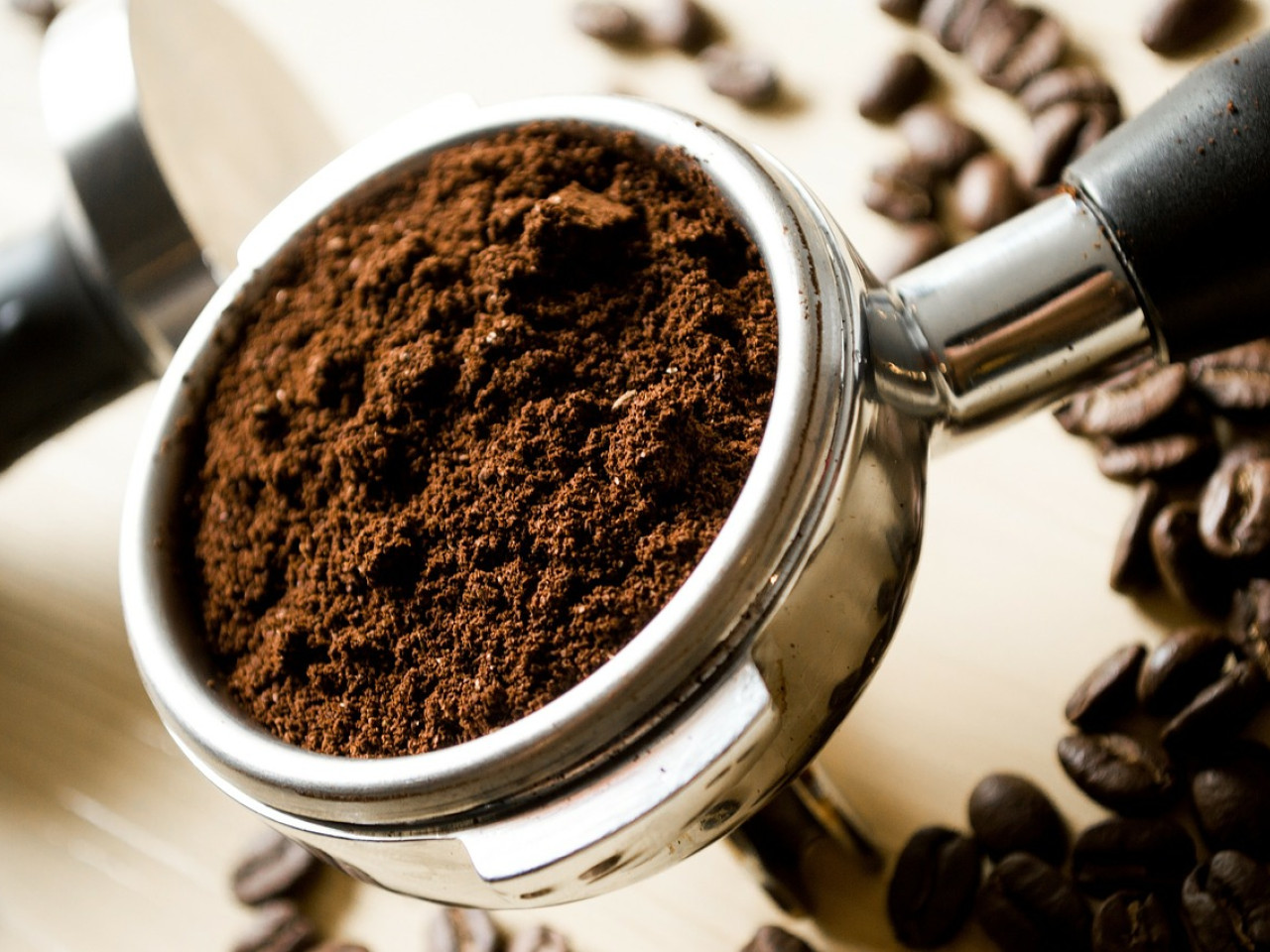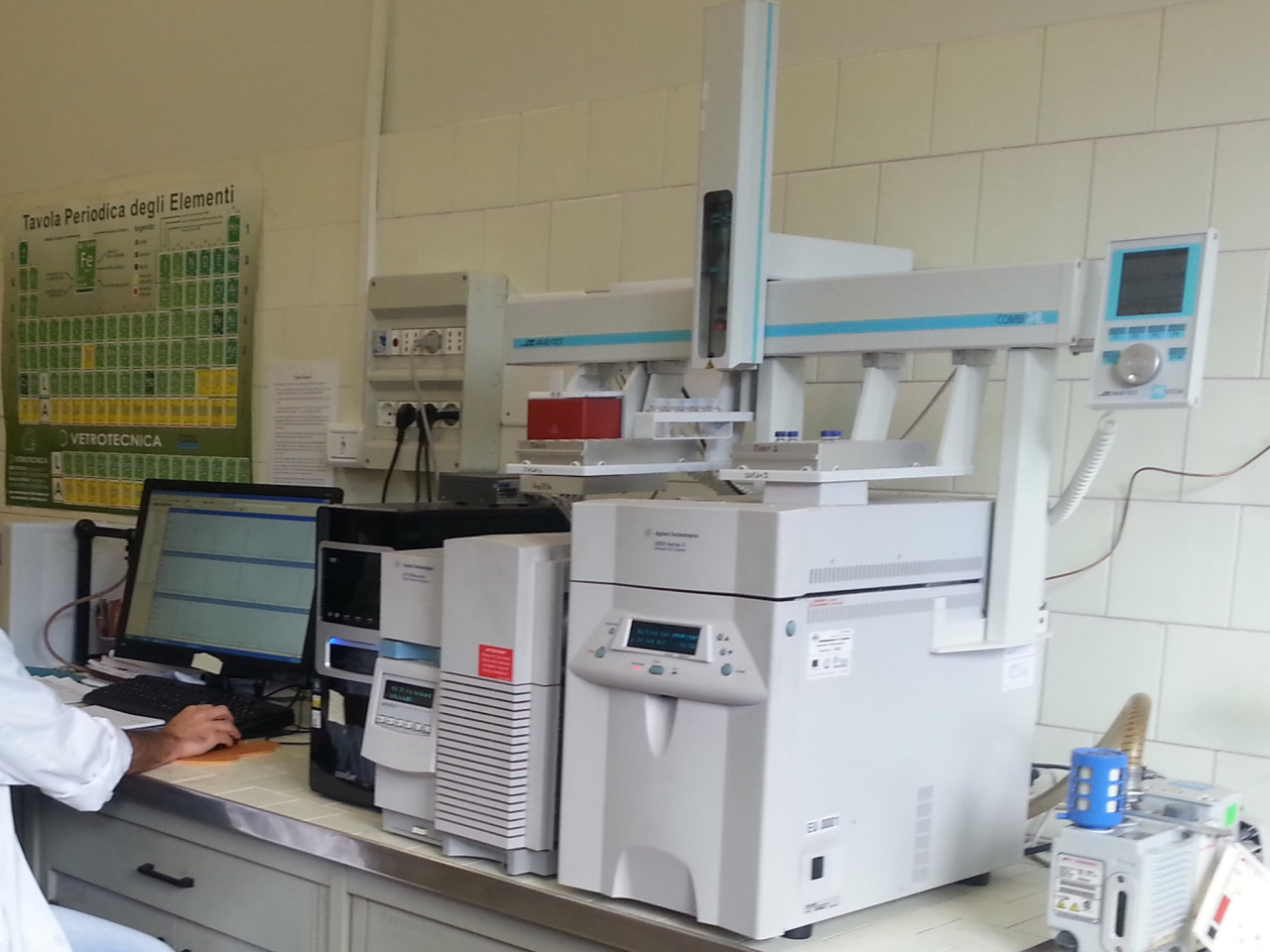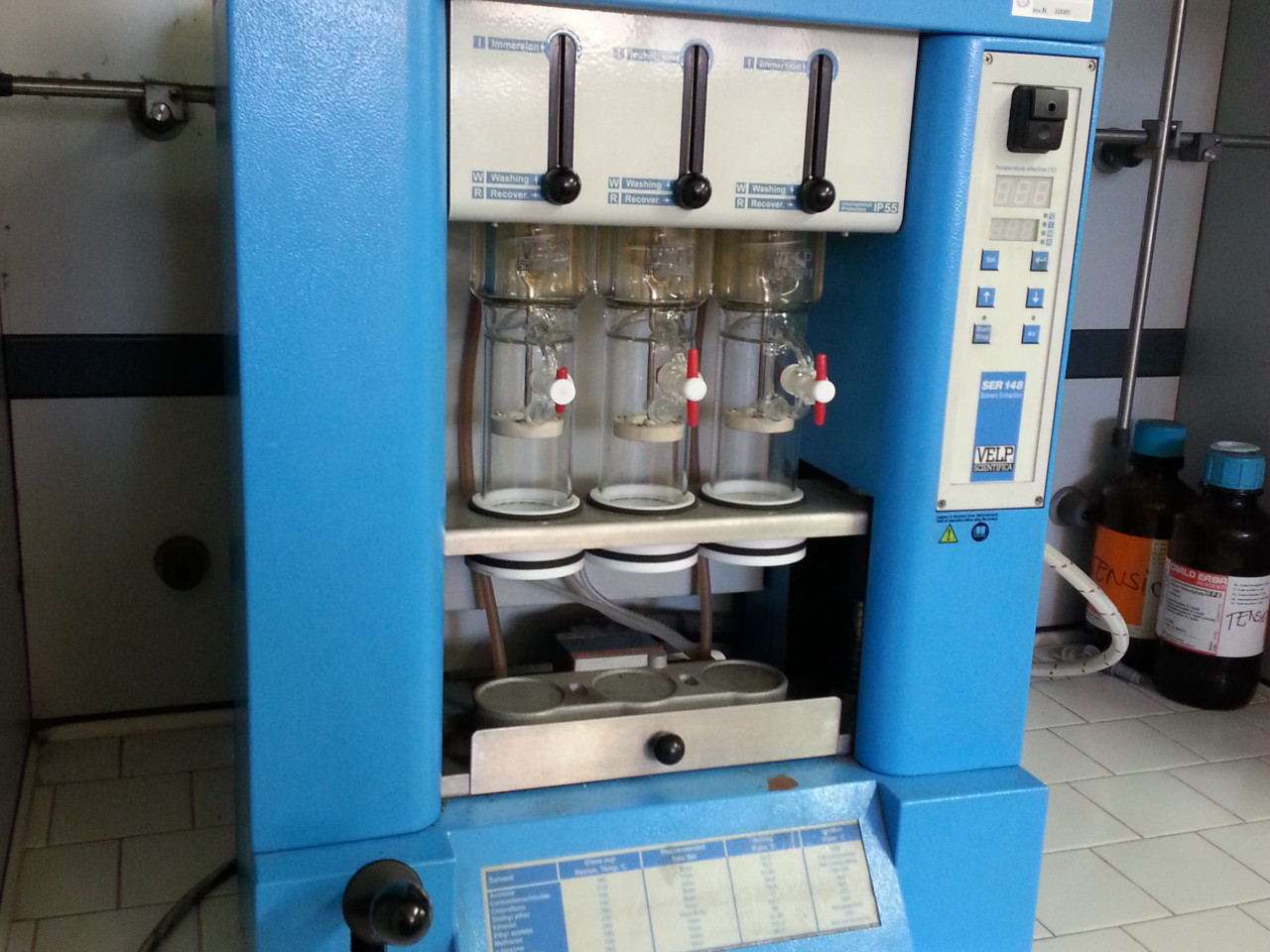Some agro-food waste products maintain several compounds even after their processing for dietary uses. By using advanced technologies, it is possible to recover specific molecules that can be employed, once extracted and purified, as secondary raw material in industrial productions. Terra&Acqua Tech laboratory was able to apply expertises and know-how in the field of separation science, complex sample treatment and instrumental analysis, from both theoretical and practical viewpoints, to maximize the recovery of secondary raw materials from spent coffee grounds. An high added value mixture of compounds was obtained and employed as a component in cosmetic products.
 Usage of spent coffee grounds
Usage of spent coffee grounds
High efficiency extraction processes; recovery of secondary raw materials from agro-food waste; extraction and purification of fatty acids from exhausted ground coffee.
agro-food waste collection management with the aim of recovering secondary raw materials.
 Gas Chromatography-Mass Spectrometry laboratory
Gas Chromatography-Mass Spectrometry laboratory
Extraction of fatty acids from spent coffee grounds
Recovery of secondary raw materials from spent coffee grounds was maximized and a mixture of important chemicals for cosmetic industry was obtained. Experimental parameters of Soxhlet extraction technique were optimized with special attention to water content in spent coffee grounds, time and way for drying spent coffee grounds, time and solvent employed for extraction process. These parameters were investigated in order to maximize the extraction recovery. Then, the resulting fatty acid mixture was chemically characterized by gas-chromatography/mass spectrometry technique. It was composed by Linoleic (51%), Palmitic (28%), Oleic (12%), Stearic (6.5%) and Arachidic (2.5%) fatty acids. This mixture was evaluated as suitable for cosmetic production. A system scale-up was realized to produce about 300 mg of fatty acid mixture. After the recovery of the above described secondary raw chemicals, the exhausted ground coffee can be employed as a component of pellet fuels. A secondary raw material recovery of about 11% in mass can be obtained by using the Soxhlet extraction technique with cyclohexane as solvent in roughly 6 hours. The 77% of recovered product consists of important fatty acids (Linoleic, Palmitic, Oleic, Stearic and Arachidic). The amount of extracted material was higher (above 17% in mass) by using methanol as solvent, but the fatty acid content was lower (68%).
Torrefazione Krifi; RVF Ambiente S.n.c.
The research unit is interested in collaborative projects with the industry.
 Automated Soxhlet extractor
Automated Soxhlet extractor

